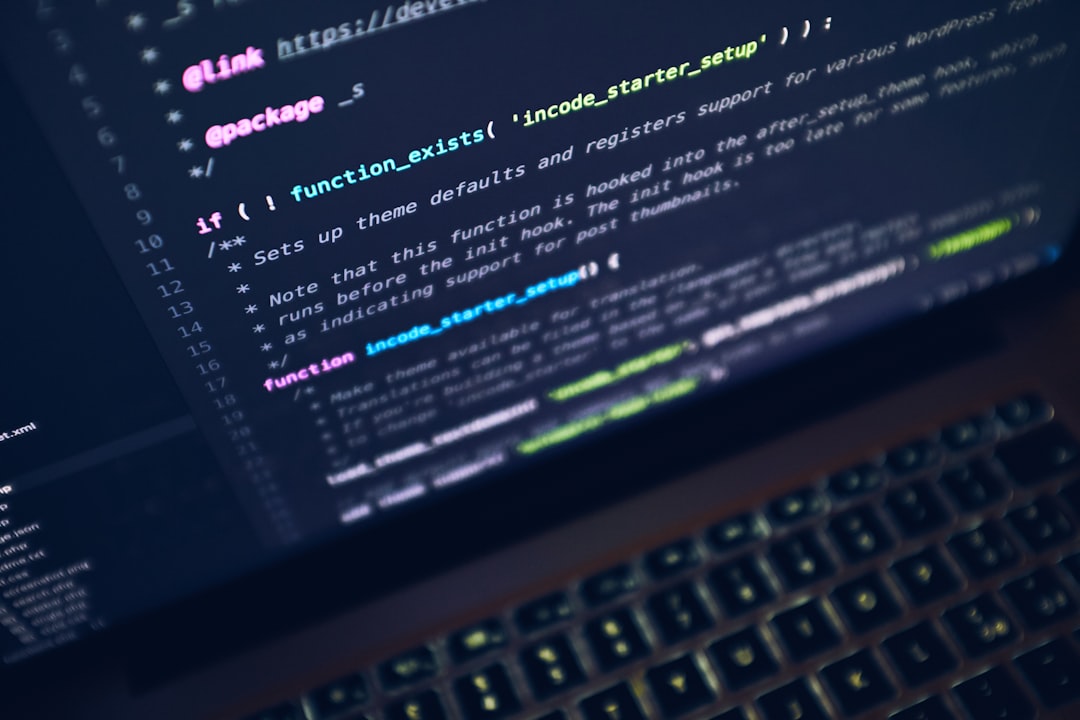
Unlocking the Future: How Artificial Intelligence is Revolutionizing Human-Machine Interaction
Artificial Intelligence (AI) has emerged as a transformative force, reshaping the landscape of human-machine interaction. From virtual assistants to autonomous vehicles, AI is not just a technological novelty; it is becoming an integral part of our daily lives. This article explores how AI is revolutionizing the way we interact with machines, enhancing usability, efficiency, and overall experience.
The Evolution of Human-Machine Interaction
Historically, human-machine interaction was limited to basic commands and responses. With the advent of AI, this interaction has evolved into sophisticated dialogues that leverage natural language processing (NLP) and machine learning algorithms. AI systems are now capable of understanding context, emotions, and even user preferences, allowing for a more seamless interaction.
Key Developments in AI Technology
-
Natural Language Processing (NLP): NLP enables machines to understand and interpret human language. Technologies like chatbots and virtual assistants (e.g., Siri, Alexa) use NLP to facilitate conversational interactions. For example, a user can ask a virtual assistant, “What’s the weather today?” and receive a natural, spoken response.
-
Machine Learning: Machine learning algorithms allow machines to learn from data and improve their performance over time. This is evident in recommendation systems used by Netflix and Amazon, which analyze user behavior to suggest content or products.
-
Computer Vision: AI’s ability to interpret visual data has transformed industries such as healthcare and security. For instance, computer vision technology can analyze medical images to assist radiologists in diagnosing conditions more accurately.
Emerging Trends in Human-Machine Interaction
As AI continues to evolve, several trends are shaping the future of human-machine interaction:
1. Conversational Interfaces
Conversational interfaces are rapidly gaining traction. These interfaces allow users to engage with machines through natural language, making interactions feel more intuitive. Businesses are increasingly adopting chatbots to provide customer support, facilitating 24/7 assistance and improving user experience.
2. Emotion Recognition
AI systems are becoming adept at recognizing human emotions through voice tone, facial expressions, and even physiological signals. This advancement enables machines to respond more appropriately to user emotions, creating more empathetic interactions. For example, customer service bots can detect frustration in a user’s voice and escalate the conversation to a human agent when necessary.
3. Augmented Reality (AR) and Virtual Reality (VR)
AR and VR technologies are enhancing human-machine interaction by creating immersive experiences. AI plays a crucial role in these technologies by providing real-time data processing and interaction. For instance, in gaming, AI-driven characters can adapt to players’ actions, resulting in a more engaging experience.
Practical Applications of AI in Human-Machine Interaction
Healthcare
AI is revolutionizing healthcare through applications such as predictive analytics and personalized medicine. AI algorithms can analyze vast datasets to identify trends, suggest treatments, and even predict patient outcomes. For instance, AI systems can monitor patient vitals in real-time, alerting healthcare providers to potential emergencies.
Transportation
Autonomous vehicles are a prime example of AI transforming human-machine interaction. These vehicles leverage AI to navigate, recognize obstacles, and make real-time decisions. Companies like Tesla and Waymo are at the forefront of this innovation, aiming to create safer, more efficient transportation solutions.
Smart Homes
Smart home devices, powered by AI, are reshaping the way we manage our living spaces. From smart thermostats that learn user preferences to security systems that recognize familiar faces, AI is making homes more responsive and efficient. For example, a smart thermostat can adjust the temperature based on the homeowner’s routine, contributing to energy savings.
Expert Opinions on the Future of AI in Human-Machine Interaction
According to AI expert Dr. Fei-Fei Li, “The future of AI is not just about automation but about creating machines that can understand and engage with humans in a more meaningful way.” This perspective underscores the importance of developing AI systems that prioritize human experience and emotional intelligence.
Challenges and Considerations
While AI holds immense potential, it also presents challenges. Concerns around privacy, data security, and ethical implications are growing as machines become more integrated into our lives. It is crucial for developers and organizations to address these issues to foster trust and acceptance among users.
Further Reading and Resources
To deepen your understanding of how AI is revolutionizing human-machine interaction, consider exploring the following resources:
- AI & Human-Machine Interaction: A Comprehensive Guide
- The Role of AI in Healthcare
- Understanding Natural Language Processing
Conclusion
AI is unlocking the future of human-machine interaction, making it more intuitive, responsive, and effective. As technology continues to advance, the possibilities are endless. Embracing these changes can lead to enhanced user experiences and improved efficiencies across various sectors.
By staying informed and exploring the tools available, readers can not only keep pace with these innovations but also play a role in shaping the future of technology. Consider sharing this article with others interested in technology trends and innovations, and don’t hesitate to delve into the resources provided for a deeper understanding.
The future is bright, and AI is at the forefront of this exciting journey into enhanced human-machine interaction.


